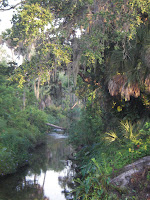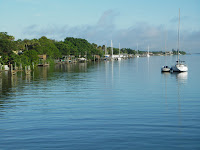
For many years, my parents handed us envelopes, which were labeled “quality of life” and filled with a wad of cash. Their families had known the Depression, and for them, quality of life meant the ability to purchase something frivolous such as shoes or bouquets of cut flowers rather than the more mundane groceries and necessities. My grandparents had also given us rolled up dollars and handfuls of coins each time we visited. No one could really afford to give us this “quality of life.” But they did, and they appeared generous.
Quality of life means enjoying the simple pleasure of life when the economy is bad, unemployment is high and the next paycheck is uncertain. In today’s recession, many of us seek activities that require little investment but have a high yield of memorable experiences. This year we have given up travel to the larger dance workshops that require nights in hotels and airfares. Instead we are riding out the recession, focusing on less expensive local dances or relatively free activities.
Quality of life isn’t about extravagant pleasures but about a perspective. This past year in France, my walks enabled me to savor details—the steep hillsides of Vallauris where orange trees nestle among turn-of-the-century villas or the wide boardwalk at Juan-les-Pins overlooking the Mediterranean. Local dances on the Mediterranean cost anywhere from 1 euro for the outdoors events to 10 euros for the clubs.


Rocky coast on the Cap d'Antibes
The occasional jaunt to see the yachts at the Antibes port and a hike along the rocky edge of the exclusive Cap d’Antibes allowed me to gauge how the very wealthy were making out in the recession.
This year in Melbourne, we meet at places with no cover charges--the Cove, a beachside restaurant with great dancing on Tuesday nights, or Lou’s Blues, a bar with a small dance floors. We take turns hosting dances at our homes or may splurge on an afternoon Argentine tango workshop. Biking along waterways, planning a picnic on the beach or attending free foreign films at the local university are activities that make us focus on that extravagant feeling associated with the quality of life rather than the perception that cash is the sine qua non of the quality of life. Like those times when my dad would throw dollar bills—not hundreds and hundreds of dollars—up in the air, we attempt to emulate that tradition, or perspective, of quality of life associated with those envelopes of cash. It’s not a million dollars but it seems like it.

Crane Creek, Melbourne, Florida











